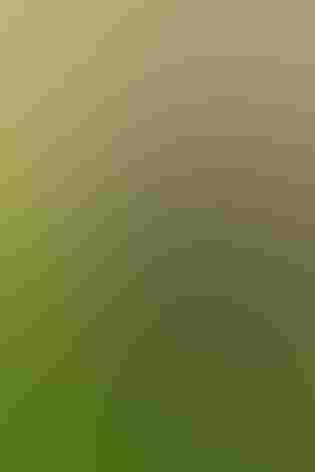Fish Crow
At a Glance
Like a smaller edition of the American Crow, but with a more nasal voice, and typically found near water, the Fish Crow is very common in parts of the southeast. On the coast, it hunts in salt marshes and tidal flats, and scavenges on the beach. Inland, it ranges through swamps and along rivers. In recent decades it has extended its range farther and farther inland in some areas, especially on the Atlantic coastal plain and far up the Mississippi Valley.
All bird guide text and rangemaps adapted from Lives of North American Birds by Kenn Kaufman© 1996, used by permission of Houghton Mifflin Harcourt Publishing Company. All rights reserved.
Category
Crows, Magpies, Jays, Perching Birds
IUCN Status
Least Concern
Habitat
Coasts and Shorelines, Forests and Woodlands, Freshwater Wetlands, Lakes, Ponds, and Rivers, Landfills and Dumps, Saltwater Wetlands, Urban and Suburban Habitats
Region
Florida, Great Lakes, Mid Atlantic, New England, Plains, Southeast, Texas
Behavior
Direct Flight, Soaring
Population
470.000
Range & Identification
Migration & Range Maps
Mostly permanent resident. Withdraws from some inland parts of range in winter.
Description
17" (43 cm). Slightly smaller than American Crow, with slightly more pointed wingtips. Recognized with certainty only by sound, but note that young American Crows also make many nasal calls.
Size
About the size of a Crow
Color
Black
Wing Shape
Broad, Fingered
Tail Shape
Rounded, Square-tipped
Songs and Calls
Two calls, both distinct from the American Crow's familiar caw: a nasal kwok and a nasal, two-noted ah-ah. In breeding season, young American Crows have a similar kwok call.
Call Pattern
Falling, Flat, Simple
Call Type
Rattle, Raucous
Habitat
Tidewater, river valleys, swamps, woodland, farmland. Overlaps in habitat with American Crow, but more likely to be near water, especially along coast, where it forages on beaches, marshes, and estuaries. Inland from coast, usually follows the drainages of large rivers, although it may feed in woods or fields a few miles from the water.
Sign up for Audubon's newsletter to learn more about birds like the Fish Crow
Behavior
Eggs
4-5. Dull blue-green to gray-green, blotched with brown and gray. Incubation is by female, possibly assisted by male, about 16-18 days.
Young
Both parents probably bring food to nestlings. Age when young leave the nest not well known, probably 3-4 weeks.
Feeding Behavior
Usually forages in flocks. Does most foraging by walking, especially on shores or in very shallow water, also in fields; sometimes forages in trees. May carry mollusks up into the air, then drop them on rocks to break the shells. In colonies of herons and other waterbirds, if adults are frightened from their nests, Fish Crows may destroy many eggs.
Diet
Omnivorous. May feed on practically anything it can find, including carrion, crabs, shrimp, crayfish, a wide variety of insects, berries, seeds, nuts, bird eggs, turtle eggs, and garbage.
Nesting
Often a few pairs nest in a loose colony. Courtship may involve male and female flying close together in gliding display flight. Nest site is in upright fork of tree or shrub. May be very low in coastal growth of pines, cedars, or quite high in deciduous trees in inland swamps; nest height may be 5-70' above ground or even higher. Nest (probably built by both sexes) is a bulky platform of sticks and strips of bark, lined with softer materials such as grass, rootlets, hair, feathers, paper, pine needles, even manure.
Conservation
Conservation Status
Probably increasing as it expands its range farther north and inland.
Climate Threats Facing the Fish Crow
Choose a temperature scenario below to see which threats will affect this species as warming increases. The same climate change-driven threats that put birds at risk will affect other wildlife and people, too.






